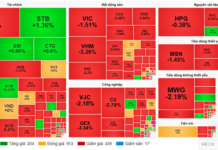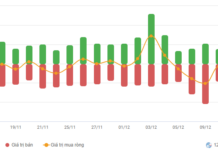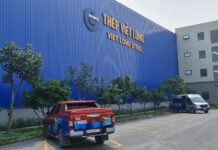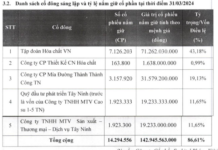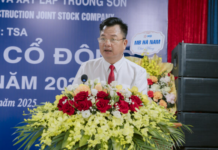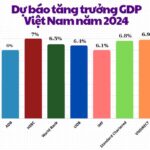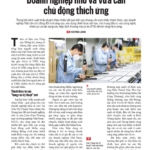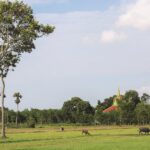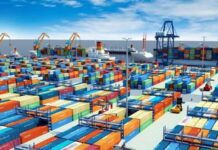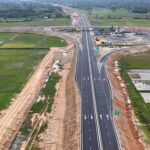Specifically, according to the Provincial People’s Committee’s report, the economic growth rate (GRDP) for the whole year is estimated at 13.87% (nearly twice the national average), ranking among the country’s leading provinces. 15 out of 18 key targets were achieved and exceeded plans.
The scale of GRDP continued to expand, reaching VND 209,150 billion, exceeding the plan by 0.2% (topping the Northern Midland and Mountainous region); GRDP per capita reached USD 4,400, an increase of 11.4%, accounting for 98% of the plan. The economic structure shifted towards a more positive direction.
In 2024, despite the heavy impact of unfavorable weather conditions on agricultural production, such as the loss of lychee harvest and Storm No. 3 (Yagi), the industry-construction sector achieved a high growth rate, estimated at 17.75% for the whole year, contributing 12.79 percentage points to the overall growth.
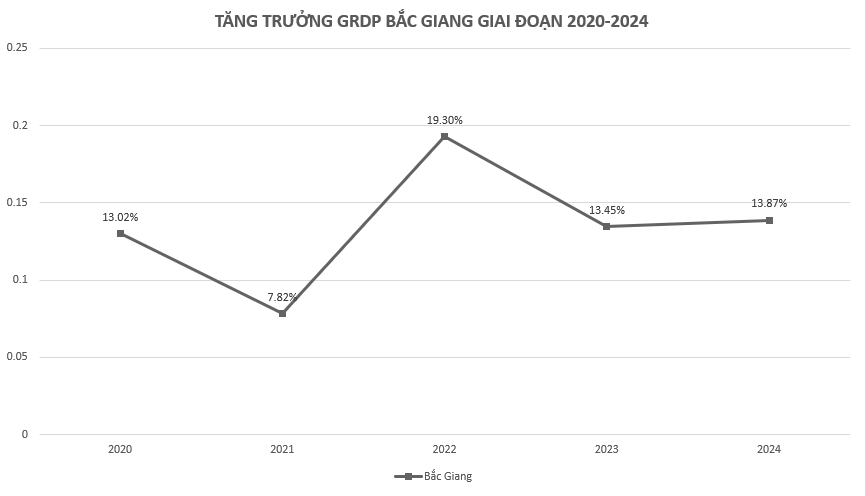
Source: General Statistics Office
Large industrial enterprises such as Hosiden Vietnam Co., Ltd.; Fuyu Precision Technology Co., Ltd.; and Hana Micron Vina Co., Ltd. achieved high growth rates, recruited more laborers, and produced electronic products with an increase of over 50% compared to the previous year. These enterprises made significant contributions, serving as the main drivers of the locality’s economic growth.
Additionally, service activities recovered and developed robustly, with the sector’s production value estimated to increase by 11.6%, reaching over VND 63,510 billion. Total retail sales of goods and services for the whole year reached VND 64,000 billion, up 13.3% compared to 2023. Total import-export value is estimated at USD 60 billion, up 14.5% compared to 2023, with exports alone reaching USD 33 billion, an increase of 20.4%.
Regarding investment attraction, the Provincial People’s Committee’s report states that up to now, the province has attracted over USD 1.8 billion in converted capital, equivalent to 81.8% of the same period. In FDI attraction alone, Bac Giang ranked 9th in the country.
Special attention has been given to the construction of infrastructure in industrial parks (IPs) and industrial clusters (ICs). This year, the Prime Minister approved the investment policy for two new IPs and the expansion of two existing IPs, bringing the total number of IPs in the province to 10, with a total area of 2,464.04 ha.
Thus, from 2022 up to now, Bac Giang province has consecutively maintained its position as the number one province in economic growth for three years. According to the Bac Giang Provincial Planning for the period of 2021-2030, with a vision to 2050, the province sets the goal of achieving an average economic growth rate of about 15-16% in the period of 2021-2030.
Specifically, the industry-construction sector is targeted to grow by 17-18% per year (industry by 18-19% and construction by 12-13%); services by 10-11%; and agriculture, forestry, and fisheries by 2-3%. GRDP per capita in 2030 is expected to reach approximately USD 9,800 (in current prices).
In terms of economic structure in 2030, Bac Giang aims for the industry-construction sector to account for about 66-67% (industry alone accounting for 60%); agriculture, forestry, and fisheries to make up about 6-7%; and the service sector to contribute 24-25%, with taxes on products at 2-3%.
UOB: Vietnam’s GDP Growth Forecast to Hit 6.6% in 2025
UOB forecasts Vietnam’s GDP growth to reach 6.4% in 2024 and rise to 6.6% in 2025, underpinned by robust domestic fundamentals and improvements across various economic sectors.
“The International ‘Playbook’: Small and Medium-Sized Enterprises Need to Take the Initiative to Adapt”
In the context of exports recording many positive results but still facing challenges, Vietnamese businesses need to be proactive in innovation, build long-term strategies, and focus on investing in technology and people. They must also take advantage of free trade agreements (FTAs) to expand their markets.


